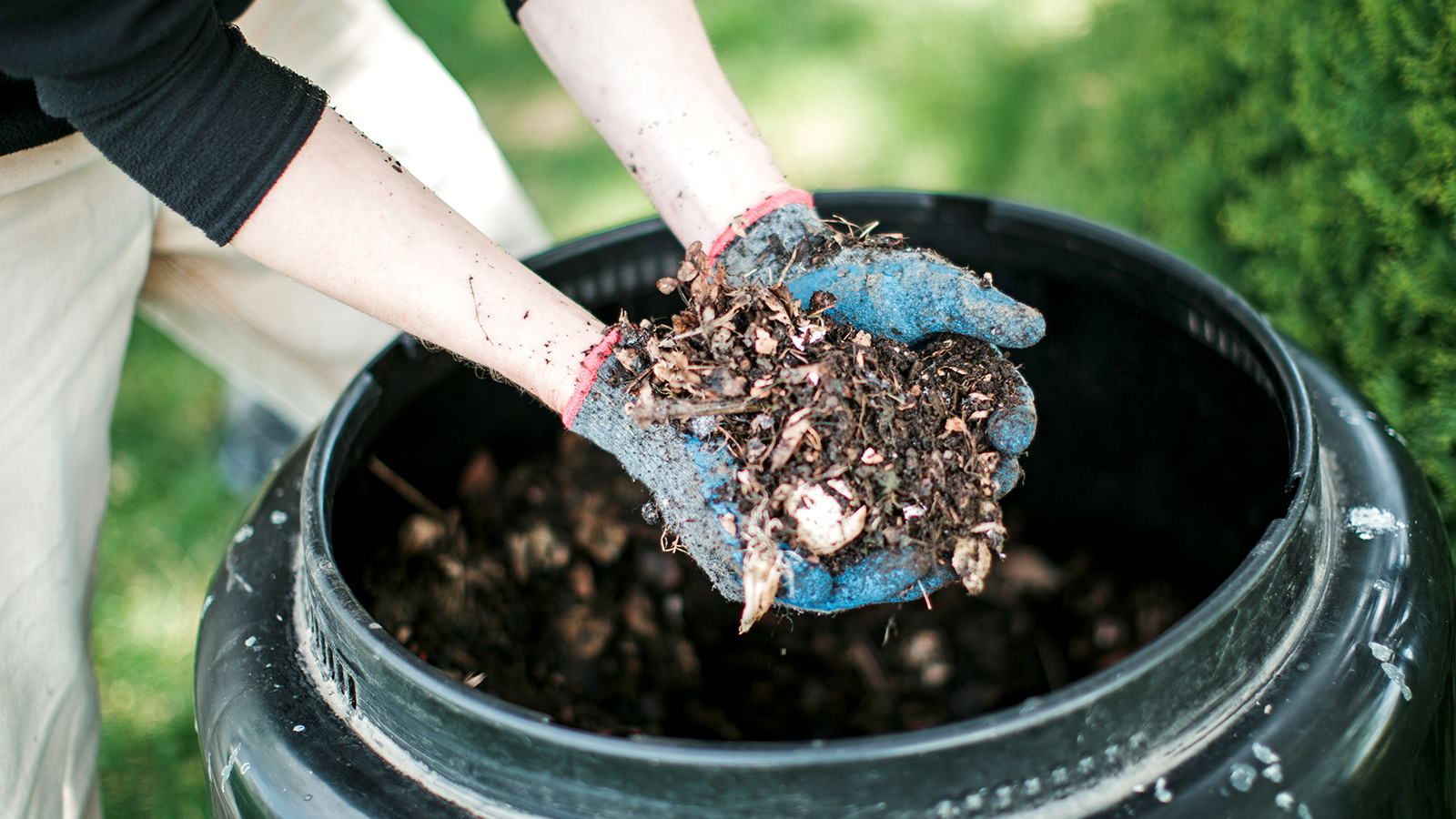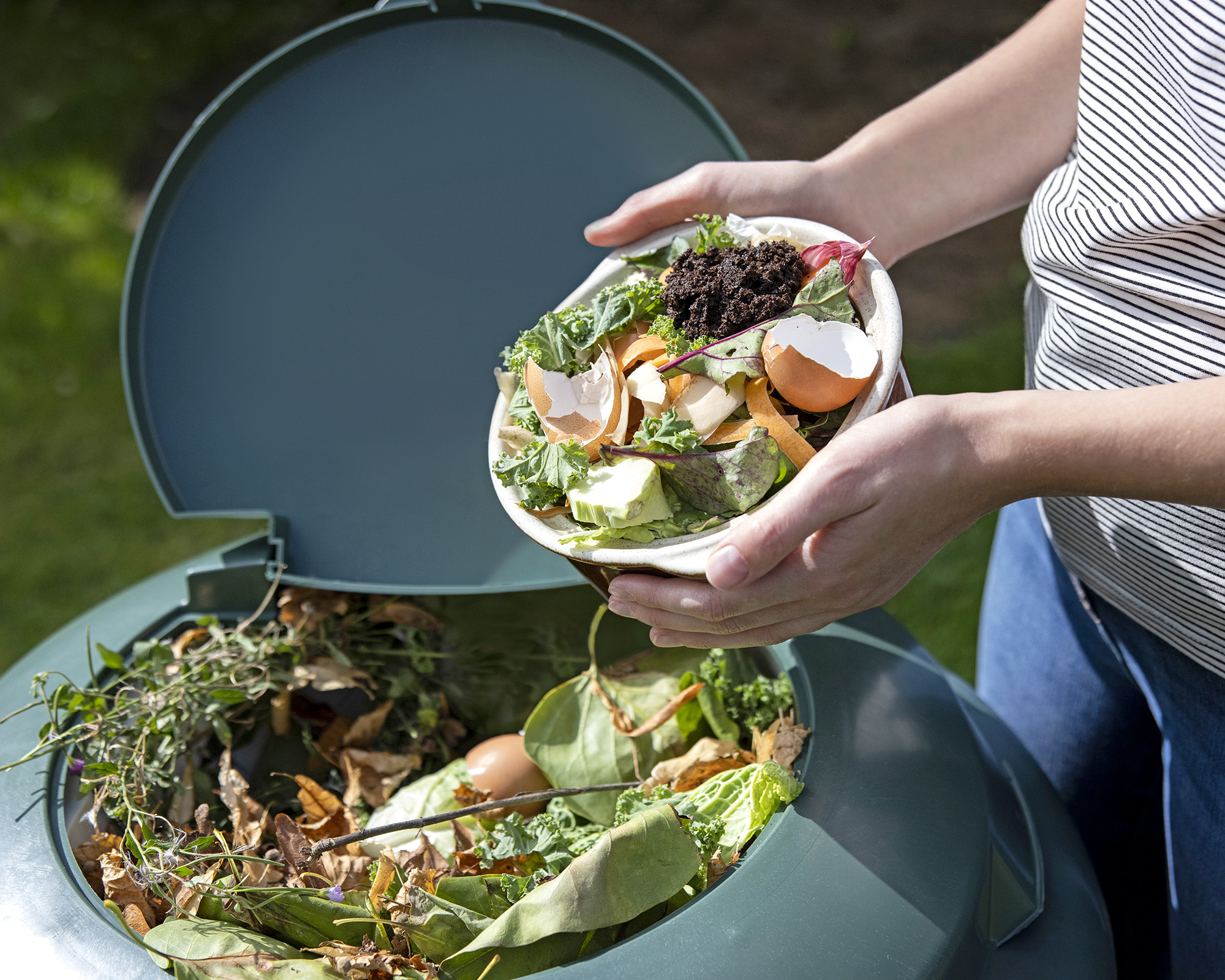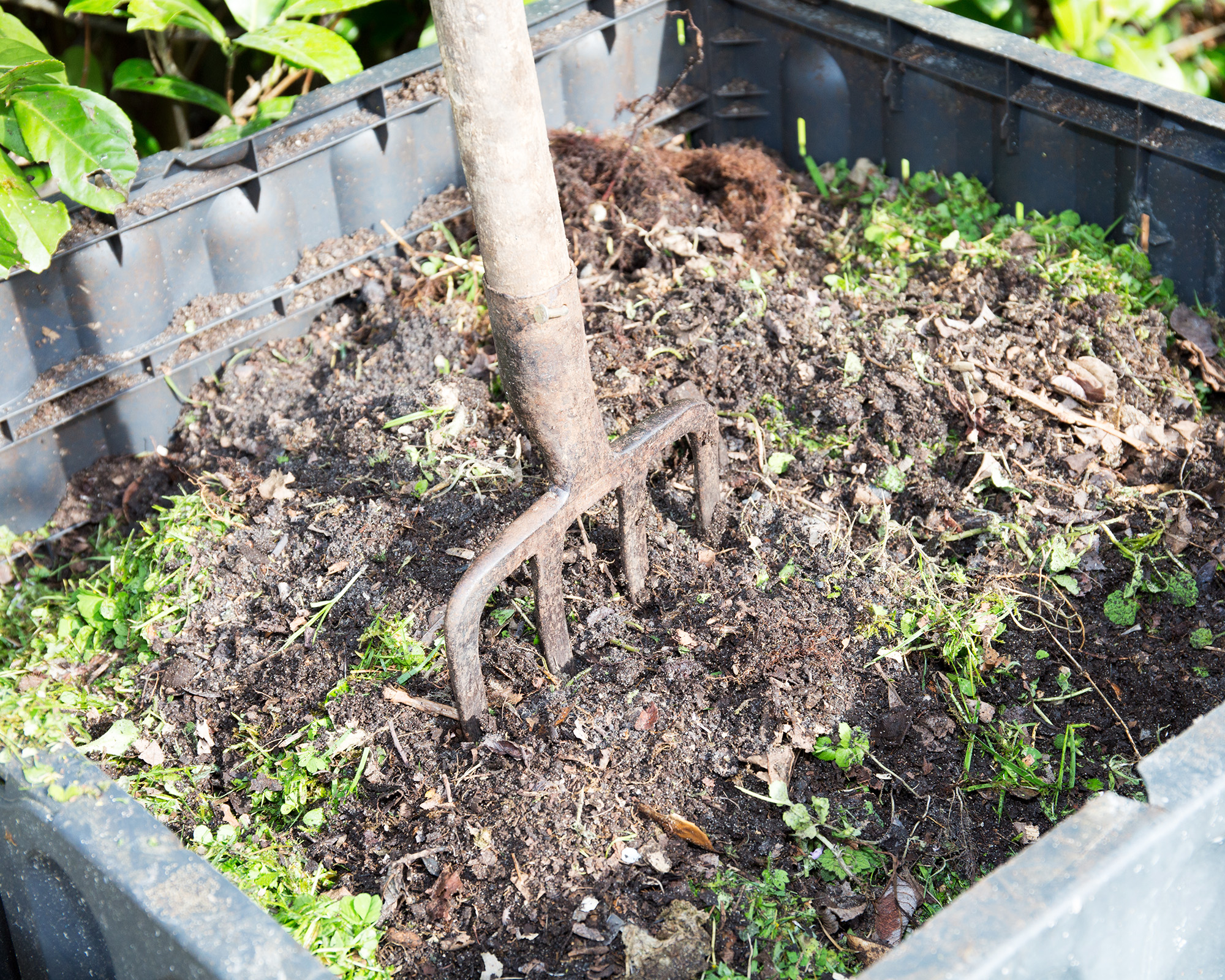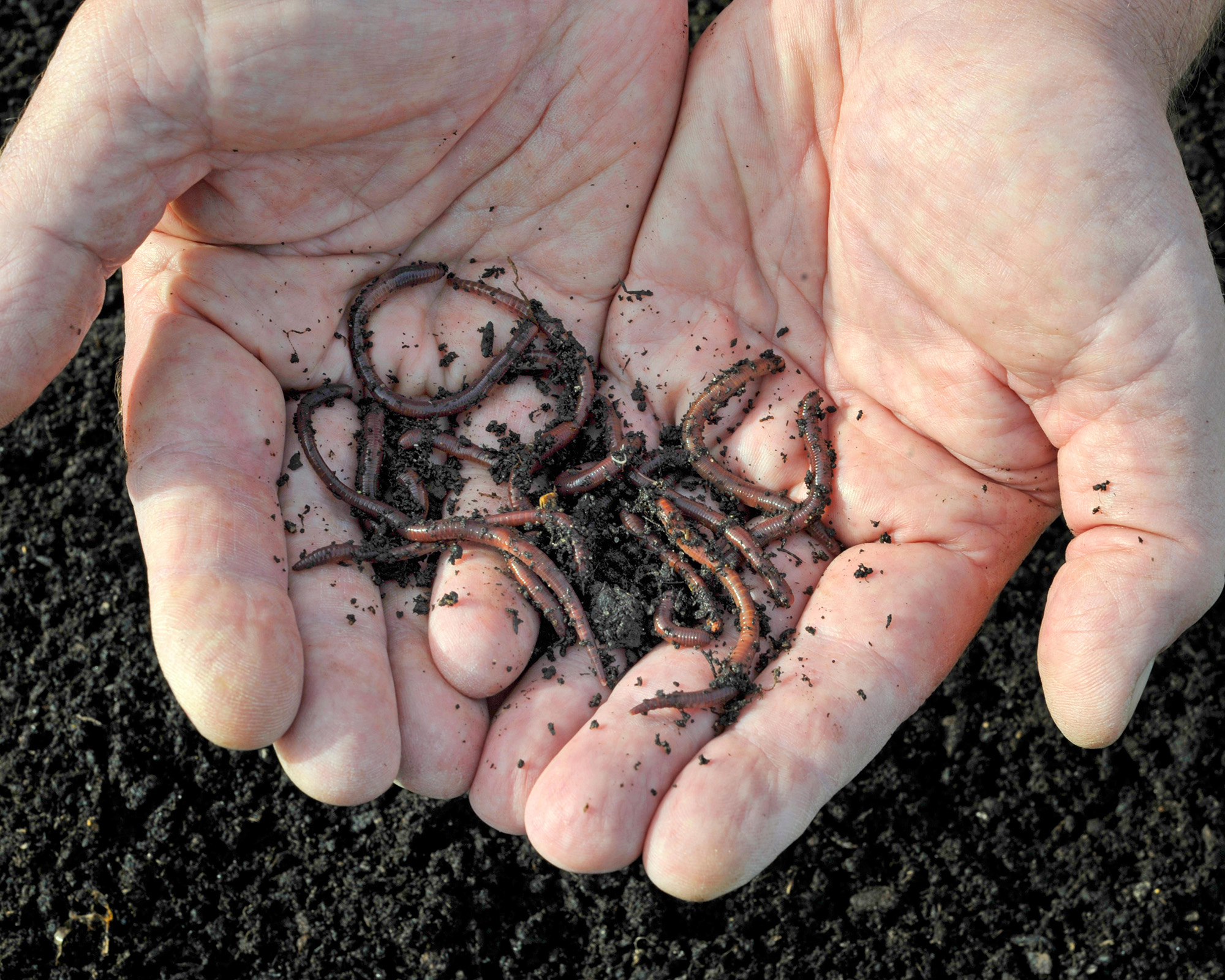8 Ways To Speed Up Composting: Easy Solutions For An Organic Garden
Homemade compost is a mainstay of organic gardening, but it can take a year or more to develop. Learn how to accelerate composting, without sacrificing quality.


Melanie Griffiths
As good stewards of the land, we seek ways to give back to the soil and avoid waste. Composting checks all the boxes. It makes use of something that would go into a landfill and produces beautiful material to enrich the land.
There are many ways to compost: a tumbler, a three-bin system, vermicomposting, or just an attended pile. The process isn’t difficult but you do need to adhere to a few precise steps, and avoid common composting mistakes, to ensure that “black gold” at the end.
Decomposition may take two weeks to two years in unmanaged piles. There are ways to speed up the composting process with an activator, proper management, and other steps.
1. Think Small
Each piece of yard waste or kitchen scrap that goes into the compost situation has to break down. The smaller the surface area, the faster the item will decompose.
One of the most important composting steps for faster breakdown is to simply cut everything up small. Ideally, no piece should be larger than 1 inch (2.5cm) in diameter.
This is fairly easy to do in the kitchen since you are already chopping. Cut that broccoli stem into small pieces, crush your egg shells, and mince those carrot ends.
In the garden, this takes a bit more work. Use pruners to cut stems and branches into smaller pieces before adding them to the pile.
Sign up for the Gardening Know How newsletter today and receive a free copy of our e-book "How to Grow Delicious Tomatoes".

2. Use The Proper Ratio
The breakdown of organic waste relies on a mixture of carbon and nitrogen – or browns and greens. The key is to have much more brown material than green, with a good mix being about 4:1 browns to greens.
Greens include kitchen scraps, grass clippings, coffee grounds, manure, and freshly pulled weeds.
Carbon sources may be shredded (non-glossy) paper, dried leaves, or sawdust. The garden waste pile will benefit from the addition of woody, brown items. Hay or straw are good and inexpensive carbon additives.
If your compost production is slow, and the pile is not heating up, add more green material. However, if it starts to smell bad, add more brown material.
3. Mix In Compost Or Garden Soil
Layering the pile or bin with compost or garden soil will introduce the much-needed microorganisms and bacteria that are the backbone of composting.
Think of it as an inoculation for the compost heap. You are essentially infecting the almost sterile pile with beneficial organisms that begin the microscopic part of decomposition. This will also add mycelium, which are fungal bodies that also help decompose organic matter.

4. Just Add Water
A dry compost pile will not break down well. This is because all living things need moisture and that includes the tiny organisms that contribute to composting.
Some gardeners struggle with a pile that is too moist. That indicates too little carbon. But if the pile is dry to the touch, the little critters that are there to help break down the material aren’t active.
Your pile should have the consistency of a damp sponge when you grab a handful and squeeze.
5. Introduce Worms
This might be something fun for the kids or grandkids to do. Have them dig up worms and add them to the pile. This works especially well in the kitchen compost. Worms eat food debris and excrete castings, nutrient-rich soil conditioners.
You may also order red wigglers to come directly to your door. This variety of worm is a powerful addition to the compost heap. These worms ingest up to ¾ their weight in food scraps per day.

6. Turn The Pile
As with moisture, the organisms busily breaking down the organic matter also need oxygen. Turning compost will ensure the interior is moist but will also aerate the material.
In small spaces, this may be done by using a tumbler. In larger situations, grab a garden fork and turn the pile every few days. This will keep all the organisms happy and busy at their job.
Without enough oxygen, the anaerobic organisms are at the forefront and they don’t break up material as quickly as aerobic organisms. Without airflow, the pile will smell bad and decomposition slows.
7. Give It A Blanket
Heating up compost is essential to speed up development. The pile should be at around 155 degrees Fahrenheit (68°C) to ensure any weed seeds or pathogens die.
While you could drape an actual blanket over the pile to trap heat, a layer of straw is just as effective. This is especially important in winter when the pile tends to cool. An old carpet, bubble wrap, or other items can also be used.
The key is to keep the pile warm so the organisms stay active and useful. Covering the compost situation can raise the temperature up to 30 degrees.
There are also hi-tech solutions like insulated compost bins and regulating technology to keep the perfect temperature, ratio, and moisture.
8. Use A Compost Accelerator
If all else fails, try a compost activator or accelerator. These compost starters can easily be found in garden centers or online.
They stimulate bacterial growth and increase the temperature in the middle of your pile. High nitrogen formulas can be useful in carbon-heavy piles, such as wooden brush, branches, or stumps, and will enhance decomposition by helping to balance the ratio of the pile.
Biochar – organic material carbonized under high temperatures – can also be added to compost to speed up development by about 20 percent. It can also help to rejuvenate spent compost.

Bonnie Grant is a professional landscaper with a Certification in Urban Gardening. She has been gardening and writing for 15 years. A former professional chef, she has a passion for edible landscaping.
- Melanie GriffithsEditor in Chief